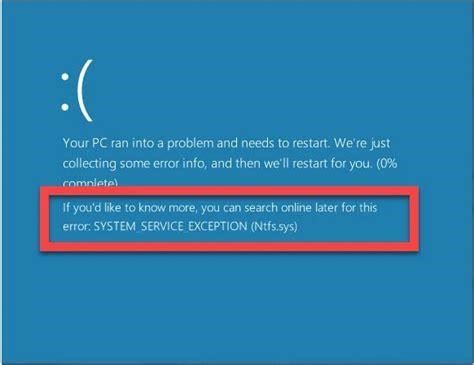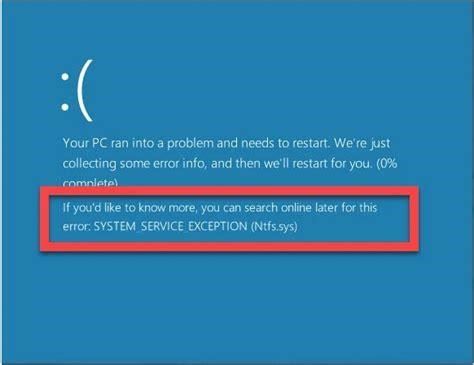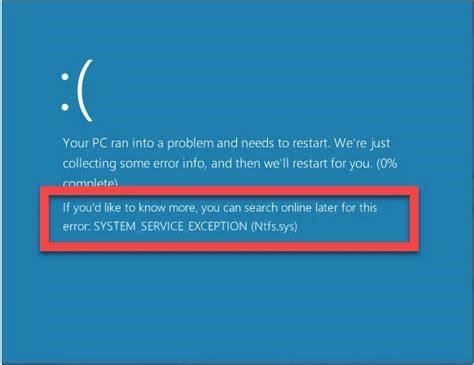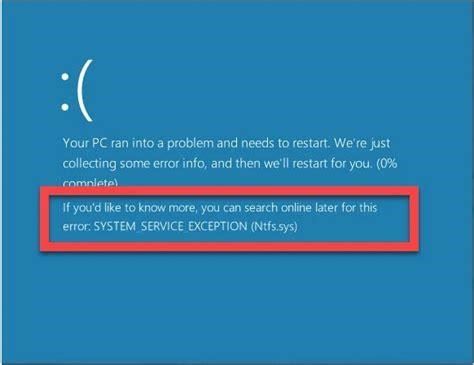Restore Missing USB Settings in Windows 10 Power Options
Having fully functioning USB ports is critical for connecting peripherals and transferring data. However, some Windows 10 users have reported their USB settings going missing from Power Options, preventing them from managing port behavior. If you’ve encountered this, don’t panic. We’ll walk through proven solutions to restore your USB controls and regain functionality.
Confirm USB Selective Suspend Setting is Missing
First, verify the USB settings are actually gone. Here’s how:
- Press Windows key + X and select Power Options.
- Choose “Change plan settings” for your current plan.
- Click “Change advanced power settings.”
- Expand the “USB settings” section – if “USB selective suspend setting” is missing, you’ve confirmed the issue.
With the problem validated, we can move on to troubleshooting. Try each of these steps until your settings reappear:
How do I Change my USB power settings?
Type Control Panel in the Start menu search bar and select the Best match. Press the View by drop-down menu and select Large icons. Select Power Options in the main window and select Change plan settings. In the next window, select the Change advanced power settings option. In the “Power Options” screen, locate and expand the USB settings.
What settings can I back up Windows 10?
You can back up preferences including accessibility passwords, language, and other Windows settings. If you turn on Other Windows settings , Windows also syncs some device settings (for things like printers and mouse options), File Explorer settings, and notification preferences.
Enable Via Command Prompt
The Windows Command Prompt provides low-level access for tweaking system settings. Follow these instructions to restore the USB suspend option:
- Open an elevated Command Prompt by searching for “CMD”, right-clicking the result, and selecting “Run as administrator.”
- Enter the following command and press Enter:
powercfg -attributes SUB_USBSETTINGS 48e6b7a6-50f5-4782-a5d4-53bb8f07e226 -ATTRIB_HIDE - Reboot your PC and check Power Options again.
This enables the hidden USB settings so they reappear in your power plans.
Modify Registry Directly
The Windows registry stores system-level settings. Enable the USB options by editing relevant registry keys:
- Open the Run dialog with Windows key + R and enter “regedit.”
- Navigate to
HKEY_LOCAL_MACHINE\SYSTEM\CurrentControlSet\Control\Power\PowerSettings\SUB_USBSETTINGS\48e6b7a6-50f5-4782-a5d4-53bb8f07e226 - Right-click empty space, select New >DWORD, name it “Attributes” and set the value to 2.
- Restart your computer and recheck Power Options.
This should make the USB settings visible again. Be very careful when editing the registry to avoid corruption.
How do I disable a USB plugged in battery on Windows 10?
Locate and expand the USB settings in the Power Options screen. Expand the USB selective suspend setting and disable both the On battery and Plugged in options. Click Apply and then click OK. Finally, restart your PC to apply these changes.
How to reset Windows 10 to factory settings without losing files?
This guide will walk you through how to reset your computer to its factory settings without your files or erasing everything on Windows 10. To reset Windows 10 to the factory default settings without losing your files, use these steps: Open Settings. Click on Update & Security. Click on Recovery.
Reinstall or Update Drivers
Outdated, misconfigured, or corrupted drivers can cause interface issues like missing USB controls. Try updating or reinstalling your USB drivers:
- Open Device Manager.
- Expand the USB controllers section.
- Right-click problematic devices and select Update or Uninstall.
- Restart your PC and recheck available power settings.
Updating USB drivers directly often resolves inconsistencies.
Refresh Windows
If no other solutions bring back the USB power settings, refreshing your Windows installation is a last resort. Back up your data and choose one of these options:
- In-place upgrade– Reinstall Windows 10 while retaining files and apps.
- Reset– Reverts Windows to factory condition without deleting personal data.
- Clean install– Completely erases everything and installs a fresh Windows copy.
This wipes out any corrupted OS components while preserving your information.
How to fix USB power setting not showing windows 10/11?
Creating a new power plan is proven fruitful to fix USB Power Setting not showing Windows 10/11. Here’s how to do it: Step 1. Type control panel in the search bar and hit Enter. Step 2. Go to Hardware and Sound > Power options > Create a power plan. Step 3. Selected a power plan and rename it. Step 4. In the next screen, hit Create. Step 5.
How do I fix a USB error in Windows 11?
Keep the USB device plugged in and restart Windows 11 by right-clicking the Start menu. In the pop-up, select Shutdown or sign out > Restart. If there’s a software issue, Windows should recognize your USB device after rebooting and, if necessary, install any missing drivers. 5. Check for Windows Updates
How do I Reset my Windows 10 settings?
Click “Reset” in this prompt to continue. The Settings app is now reset. You can now launch it from the Start menu, or by pressing Windows+i. You can also run a command in Windows PowerShell to reset the Settings app. But to do this, you must run Windows 10 build 20175 or newer. (In other words, you need Windows 10 version 21H2 or later.
Prevent Future USB Setting Loss
Now that you’ve resolved the missing USB controls, take steps to stop it recurring:
- Install Windows and driver updates promptly.
- Avoid using beta releases of Windows.
- Configure regular system image backups.
- Maintain a bootable Windows recovery drive.
Staying up-to-date and implementing backup procedures will keep your USB power settings intact going forward.
We hope these solutions help restore your missing USB selective suspend setting so you can once again manage port behavior as desired. Let us know if the options resolve your issue or if you need any clarification executing the steps.
References
- https://www.dell.com/support/kbdoc/en-us/000125230/how-to-create-and-use-the-dell-recovery-restore-usb-drive
- https://www.minitool.com/backup-tips/reinstall-windows-10-without-cd.html
How to fix Settings app Windows 10?
In the window that opens, click on the Resetbutton. The process will commence. When you press the Reset button, it will permanently delete the app’s data on this device, including your preferences and sign-in details. Hope this tip helps you fix your Settings app. Reset the Windows Settings app using PowerShell
How do I fix windows 11 settings?
To repair or reset the Windows 11 Settings app take the following steps: Open the Start menu and search for Settings Either right-click on the Settings result or select App settingsfrom the right side of the Start Menu In the Settings window that opens, click on Repair or Reset button. Repair: This will keep your settings as they are
How to fix USB power management setting missing?
The first easy fix for USB Power Management Setting missing is to disable and then re-enable the problematic device via Device Manager. Step 1. Right-click on Start icon to select Device Manager from the drop-down menu. Step 2. Expand Universal Serial Bus controllers and right-click on USB Root Hub (USB 3.0) to choose Disable device.
Why is my USB not working windows 11?
If your USB isn’t recognized on Windows 11, this can fix the problem. Keep the USB device plugged in and restart Windows 11 by right-clicking the Start menu. In the pop-up, select Shutdown or sign out > Restart. If there’s a software issue, Windows should recognize your USB device after rebooting and, if necessary, install any missing drivers.




